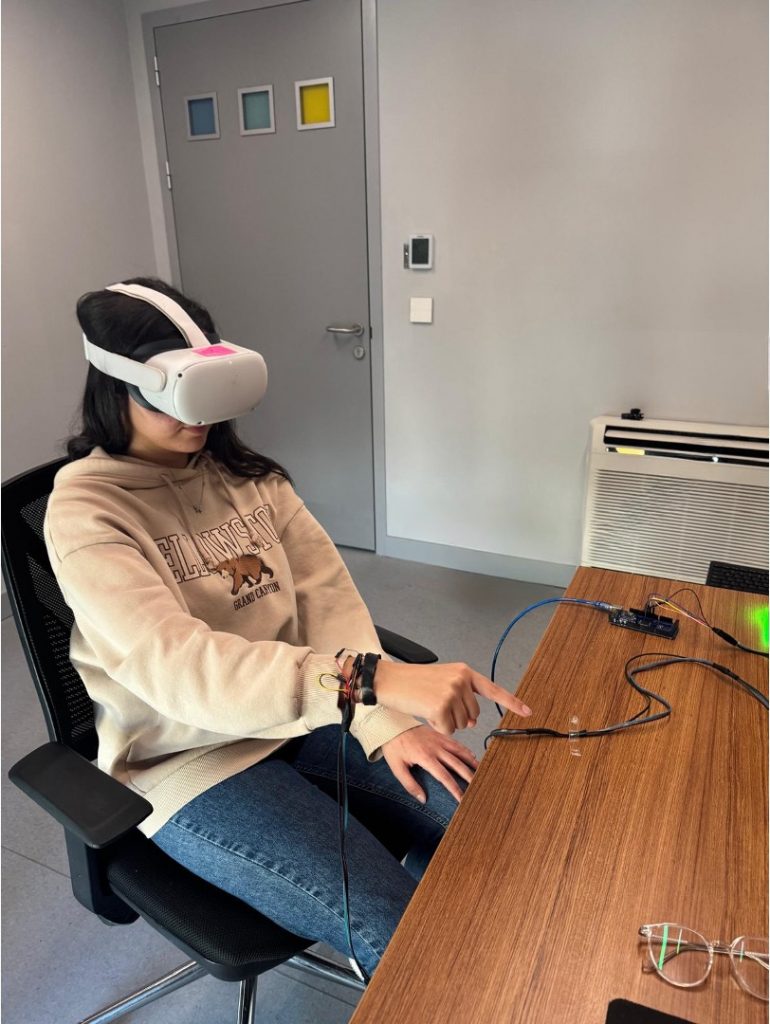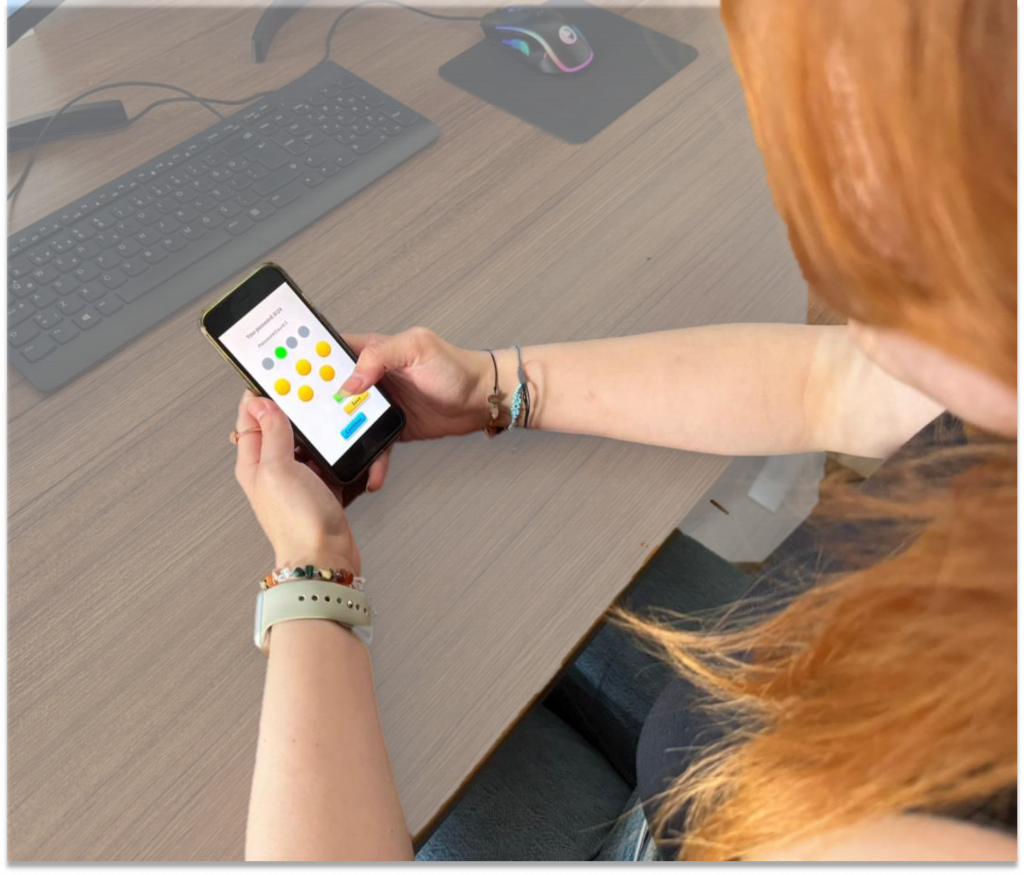This page describes our research activities about haptics
Relocated Haptic Systems

Unlike the other senses, the sense of touch is not localized to a specific region of the body; instead, it is distributed across the entire body through the touch sensory organ; our skin. Even though the presence and distribution of mechanoreceptors differ in hairy and non-hairy skin (perception from the skin at the wrist is poorer than at the fingertip), it is still possible to use the forearm or the wrist to mount the wearable haptic devices, taking advantage of unused skin location.
Our motivation is to create wearable haptic devices to interact with the user’s arm or wrist to deliver real-time feedback corresponding to (1) the virtual interactions in the Extended Reality environments or (2) the real interactions in a remote operational setting. Our activities evolve around designing such wearable haptic and sensory systems and using them for applications based on training, manipulation, or interaction.
Haptic Characterization
To create robotic devices for human-computer interaction for information transfer or virtual manipulation tasks, we first need to understand the limitations of human perception and the sense of touch. Additionally, these limitations might be directly related to the actuation or sensing technologies that we desire to choose.
Especially when it comes to relocating the haptic feedback, we should characterize the haptic perception as a comparative study to conventional methods of haptic technology. This objective primarily focuses on the differences between skin types (hairy vs. glabrous skin): experiments will be designed to determine the multi-modal and distributed feedback that will maximize information transfer and communication rate, while also considering user capabilities.

Smartphone Haptics

One of the most commonly used ways to interact with haptic feedback in our daily lives is through the vibration feedback rendered through our smartphones. Our research activities revolve around two main motives: (1) understanding the psychophysical capabilities of users in smartphone interactions and (2) creating different interaction scenarios where haptics offer a salient and secure way of communication.
Haptic-assisted Training Systems
Virtual Reality interactions are known to offer effective training sessions with higher levels of enjoyment, motivation, and retention. Especially using 3-dimensional headsets allows participants to get more experience with 3-dimensional motor skills and more controlled depth perception. Integrating haptic feedback into such training platforms is known to increase the perceived realism and task performance.
Haptic feedback can be incorporated into virtual training platforms in multiple aspects. (1) Haptic devices can provide realistic representations of the virtual interactions that would offer a multisensory environment and a more compelling presence. (2) Haptic devices can render directional or performance-based feedback in real time to teach participants the best practices for performing the given task. This guidance would be effective as the task gets more complex and dexterous.

Research Projects
2022 – 2025 Wearable Haptic Bracelet: Design and Integration for Augmented and Mixed Reality.
•Destek Kaynağı: TUBITAK International Fellowship for Early-Stage Researchers (2232)